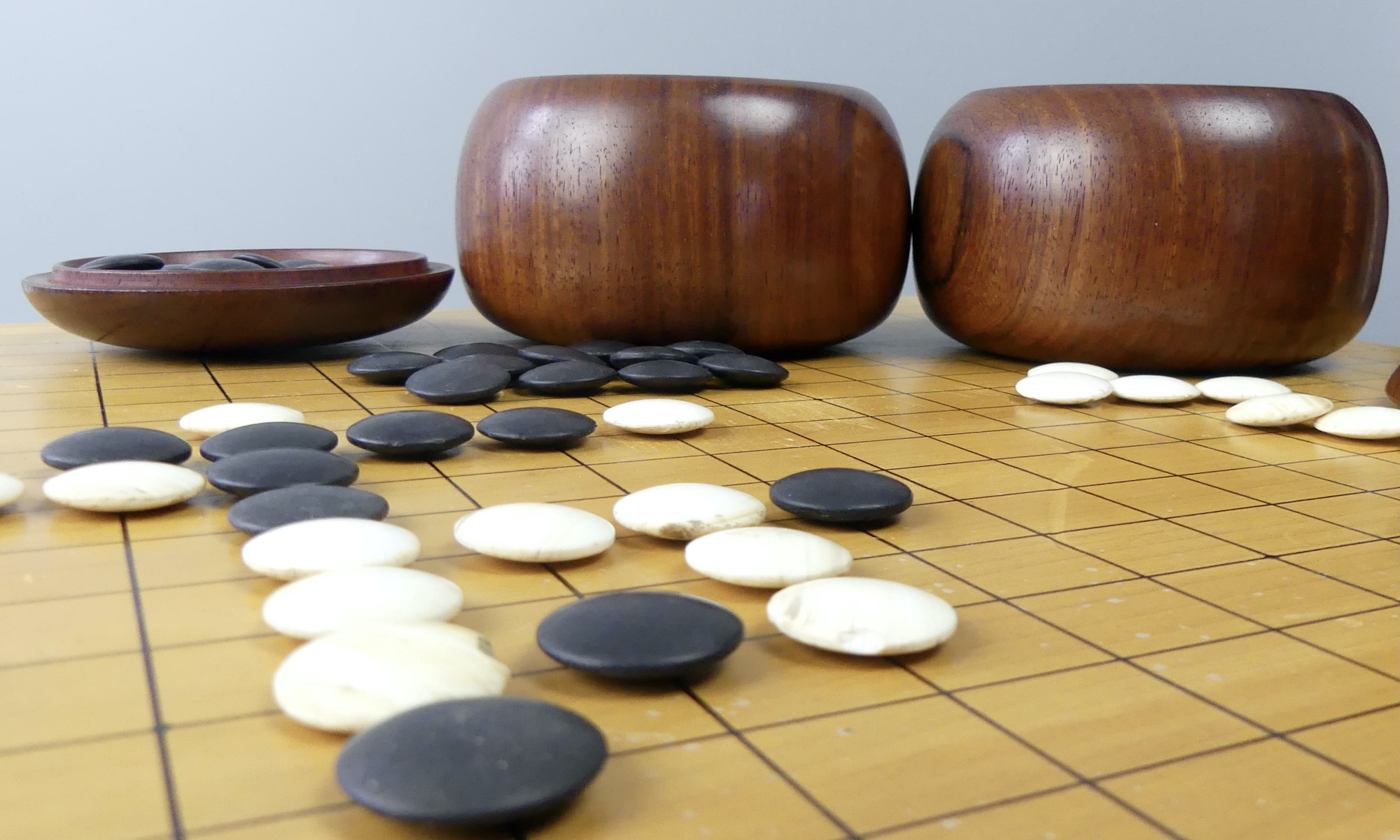
(Evenstad and Becher 2015 Hangaard Rasmussen 1992 Korsvold 2011, 2015 Krogstad 2012 Martinsen 2015 Nordin-Hultman 2004 Nordtømme 2016 Odegard 2015 Sando 2019 Sandseter and Storli 2020 Wolf 2014). In the Nordic countries, research related to the indoor environment, activities, and materiality has increased cf. And the indoor environment is recognized as essential aspects through which ECEC quality could be implemented and improved (Harms et al. In recent years, there has been growing interest in the role of the physical environment in ECEC (Berti et al. Layzer and Goodson ( 2006) described quality in ECEC as aspects of the environment and children's nurturing child development experiences. The physical environment and availability of play materials are examples of how structural aspects may influence processual aspects and child development through children's interactions with peers, teachers, and the activities made available (Phillips et al. Quality in ECEC is a complex phenomenon subject to different opinions, but there is a general consent that quality is connected to structural and processual characteristics (Slot 2018).

The Nordic model of ECEC has a reputation for providing high-quality care to children (OECD 2006), often described as a social pedagogic approach, with a child-directed perspective emphasizing children's play, social development, active participation, and exploration (Bennett 2005 OECD 2015 Ringsmoose and Kragh-Muller 2017).

Given the amount of time children spend in ECEC, it is assumable that these settings impact shaping many aspects of children's lives. Thus, Norway is one of the countries with the highest levels of participation in ECEC across all age groups (StatisticsNorway 2020). Today, 83.1% of children aged 1–2 years and 97.1% of children aged 3–5 years attend ECEC, with the majority enrolled full-time. Implications for policy and practice are discussed.Īccording to Norwegian policy, early childhood education and care (ECEC) institutions are defined as the first step in the national education system and welfare service. This study aims to enhance the indoor ECEC environment's quality by stimulating teachers' consciousness about play materials' availability, ensuring equal possibilities for children's play in ECEC. There are variations, but practical considerations often override pedagogical intentions when teachers plan and facilitate children's play. However, many teachers described putting play materials out of children's reach during times of play. The findings indicate a common ideological understanding among teachers that play materials should be available in children's play, enhancing play, learning, and development possibilities. The empirical data were gathered from fieldwork in eight child groups in ECEC institutions across Norway and comprised 13 semistructured interviews with teachers. This engaging, accessible study provides insights into ways in which events and debates from early modern history have continued to inform developments in modern Japan.This qualitative study investigated teachers' beliefs about the availability of play materials in the physical indoor environment of early childhood education and care (ECEC).

Tucker narrates the incident as the historical event that it was, within the context of Tokugawa social, political, cultural, and spiritual history, before exploring the vendetta as conflicted cultural ground, generating a steady flow of essays, novels, plays, and ideologically driven expressions intrinsic to the course of Japanese history. He suggests that, when considered historically and holistically, the vendetta appears as a site of contested cultural ground, with conflicts, disagreements, and debates characterizing its three-century history far more than cultural unanimity about its values, virtues, and icons. Tucker seeks to provide a credible account of the vendetta and its afterlife in history. The Forty-Seven Rōnin vendetta is one of the most famous incidents in Japanese history, but it is also one of the most misunderstood.


 0 kommentar(er)
0 kommentar(er)
